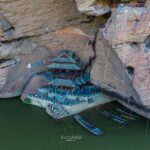On Earth, two types of landforms easily create natural wonders, as if crafted by a great artist with bold strokes. These formations of peaks and rocks are both bewildering and majestic.
One type is called “Karst topography,” which is most widely distributed in China. The most famous example is the Guilin landscape. This landform was initially studied on the Karst Plateau in former Yugoslavia, hence its universal name.
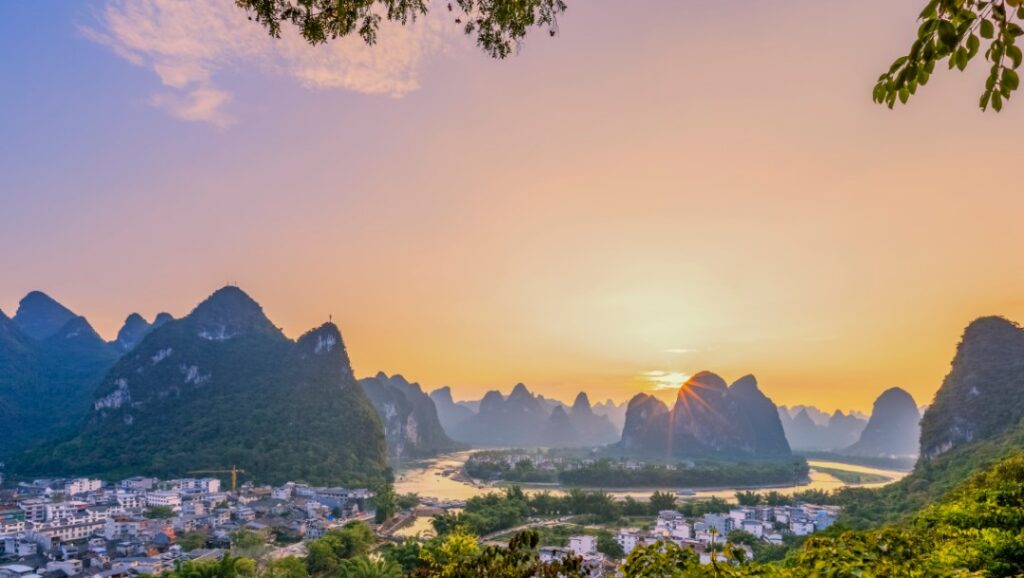
The other type is called “Danxia landform.” The Grand Canyon in the United States is an example of Danxia landform, but China has the most extensive distribution. In 1928, Professor Feng Jinglan first studied these peculiar red rocks in Danxiashan, Renhua County, Shaoguan, Guangdong Province. Subsequently, this type of landform was uniformly named “Danxia.” The landform of Danxiashan has now been included in UNESCO’s World Heritage List.
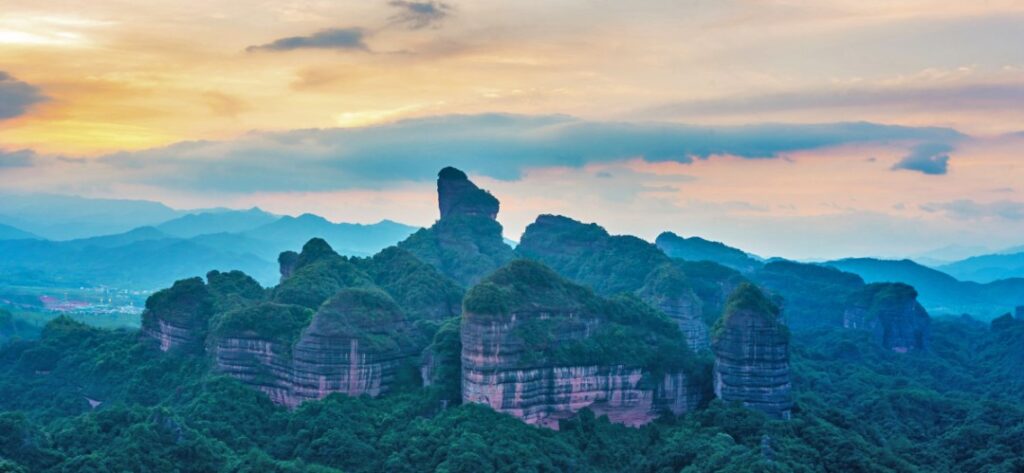
China’s Danxia landforms are widely distributed, including Wuyi Mountain in Fujian, Longhu Mountain in Jiangxi, Zhangye in Gansu, and Chishui in Guizhou, all of which are famous domestic attractions. In the “China’s Seven Most Beautiful Danxia” selection by China National Geographic, Danxiashan in Guangdong was undoubtedly ranked first.

Danxiashan, also known as China Red Stone Park, is a World Geopark, World Natural Heritage site, National AAAAA-level Scenic Spot, National Nature Reserve, and National Geopark, located in Renhua County, Shaoguan City, Guangdong Province.

Red sandstone, after long-term weathering, exfoliation, and water erosion, forms isolated peaks and steep, bizarre rock formations. The main peak of Danxiashan is only 600 meters high, but its charm lies in the steep cliffs that make up each peak. Many cliff faces are hundreds of meters high, rising from plains or riverbanks like pillars holding up the sky.
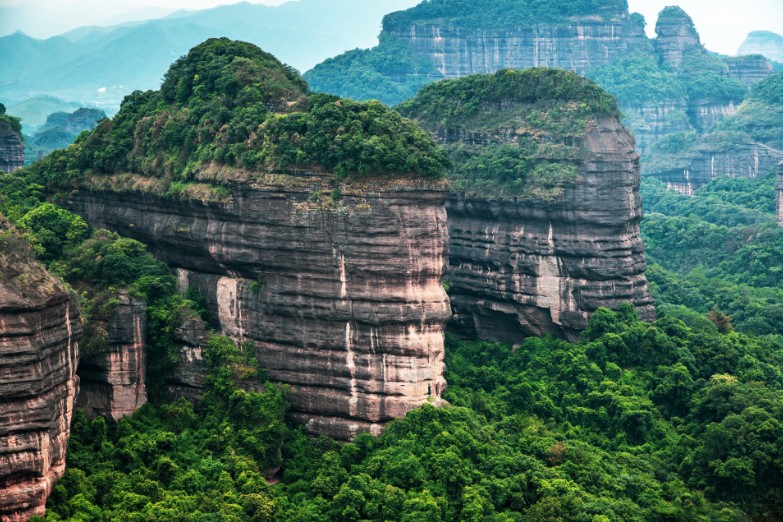
The beauty of Danxia lies in the various shapes of its mountains and rocks, making you feel as if they are masterpieces of a sculpture artist. It’s clear that famous mountains around the world each have their unique wonders, and Danxiashan’s title as China’s most beautiful Danxia landform is well-deserved.
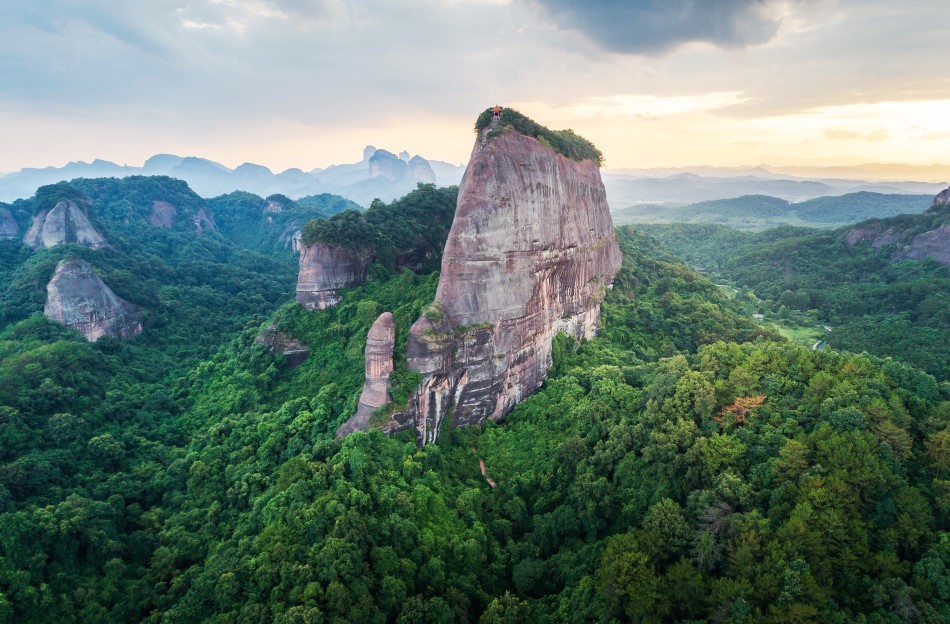
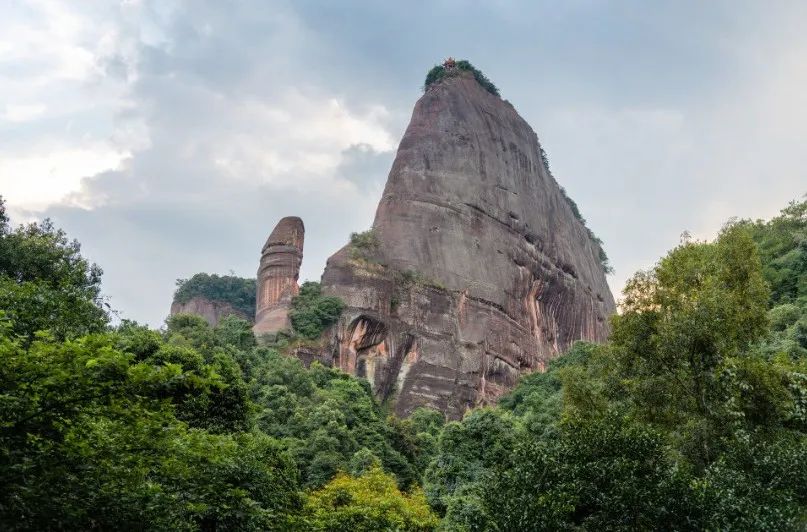

The main peak scenic area of Danxiashan is divided into three landscape layers: upper, middle, and lower. The lower layer is the Jinshiyan scenic layer, featuring the Jinshiyan Grotto Temple built in the Northern Song Dynasty, Mengjue Pass, Tongtian Cave, Baizhang Gorge, and the most typical Chibi Danxia Cliff.
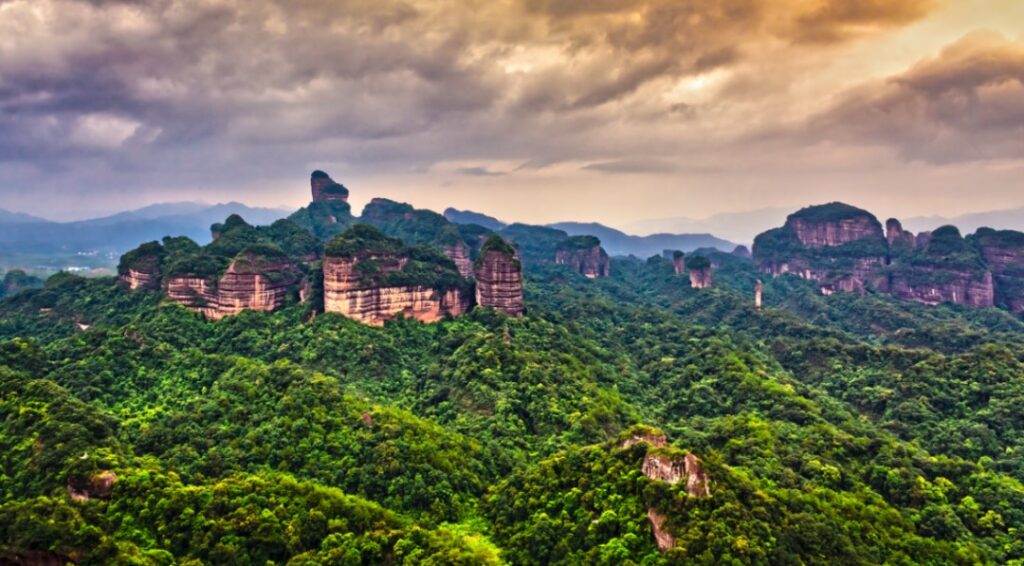
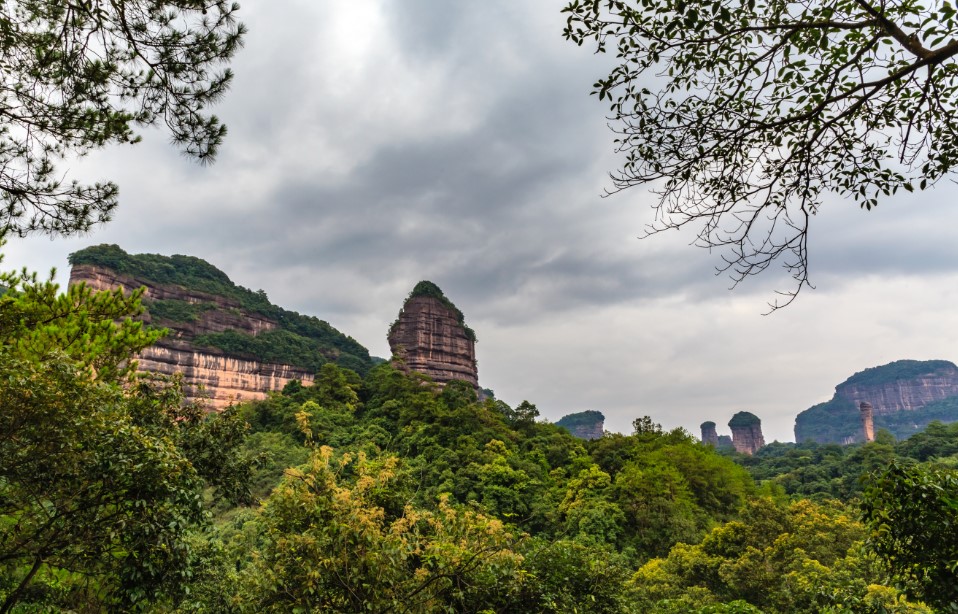
The middle layer is the Biechuan Temple scenic layer, home to Biechuan Temple, one of the ten great Chan Buddhist temples in Lingnan, as well as attractions like One-line Sky and Double Pond Green Lotus. Ascending the iron chain ladder leads to the top layer, an excellent spot for climbing high, enjoying panoramic views of Danxia’s beauty, watching sunrises, and admiring evening glows.


Danxiashan has a long and rich historical and cultural heritage, with diverse human characteristics. Legend has it that Nüwa, the primordial goddess in Chinese mythology, created humans here and used five-colored stones to mend the sky.
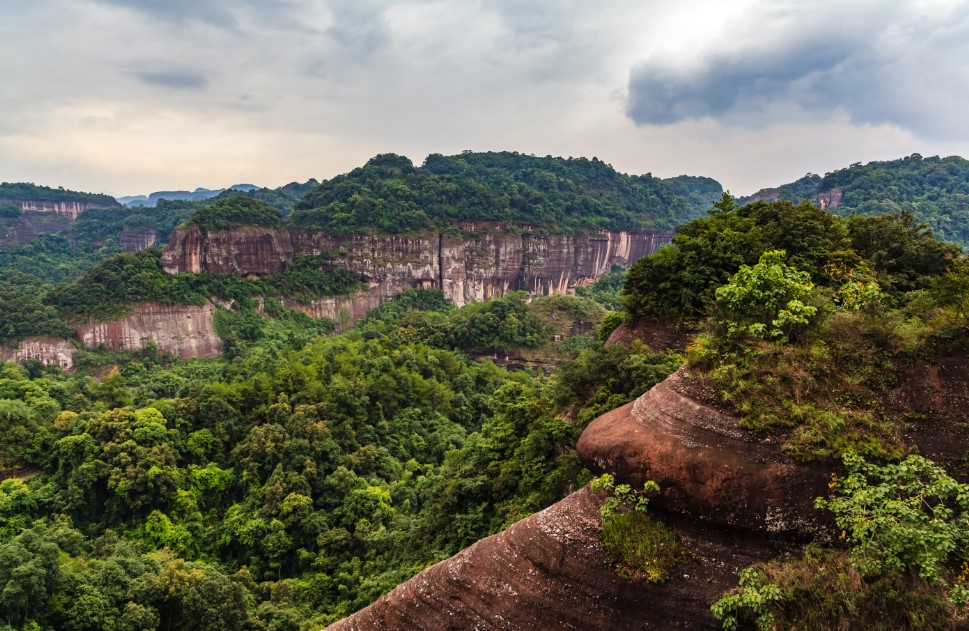
Emperor Shun is said to have climbed the mountain and played Shao music during his southern tour. Over the centuries, numerous scholars and poets have composed verses here, reflecting on the past and present, while monks and Taoists flocked to the area, making it a thriving religious center.

Since the Sui and Tang dynasties, it has been a scenic spot in Lingnan, attracting many sages and literati who left behind numerous legends, poems, cliff inscriptions, and stone tablets. In the main scenic area of Zhanglao Peak alone, there are over 130 existing cliff inscriptions and stone tablets, all with high readability and verifiability.
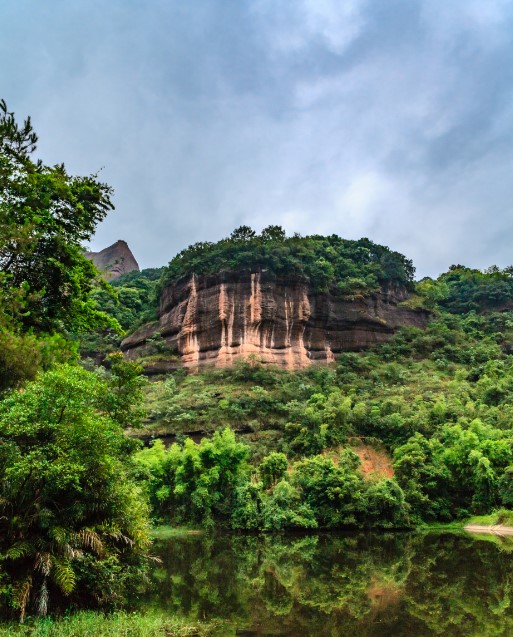
If there’s a blue that can be called “China Blue,” I believe it would be blue and white porcelain. And if there’s a red that can be called “China Red,” it would be Danxiashan – a red so captivating it mesmerizes the beholder.

